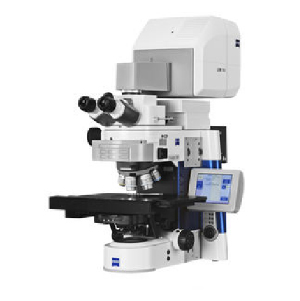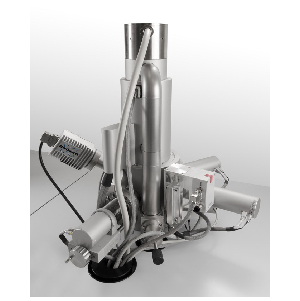Equipments
The CMA BÍO-BÍO has different basic and advanced technology workstations, which provide services independently, with a wide spectrum of use for scientific and technological development.
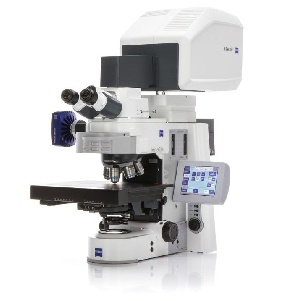
Confocal laser microscope, LSM700 Zeiss:
For conventional confocal analysis with three laser lines for fixed or live samples, the behavior of intra- and extracellular molecules in living cells can be studied by means of localized photobleaching (FRAP and FLIP), photoactivation or color preservation of fluorophores. It has 488, 550 and 639 nm laser lines.
For materials science analysis, this microscope allows the observation of morphology or defects in solids, such as microelectronic components, polymers, resins, deposits, minerals, ceramics, metals, etc.
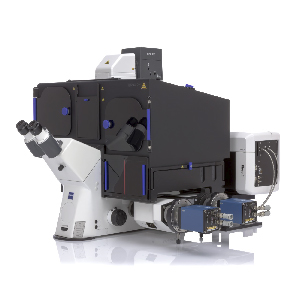
ELYRA - SIM Zeiss super-resolution laser microscope:
The resolving power of the light microscope is limited to approximately 200 nm in the lateral (xy) axis and 500 nm in the axial (z) direction due to the light diffraction limit. A technology with resolving power that exceeds the diffraction limit is structured light super-resolution (SIM). SIM allows the optical separation of molecules with a resolution twice as good compared that from conventional confocal microscopes. This technique has great application for example, in the study of protein architecture and dynamics in subcellular compartments. It also uses traditional fluorophores and has the 488 nm and 561 nm laser lines.
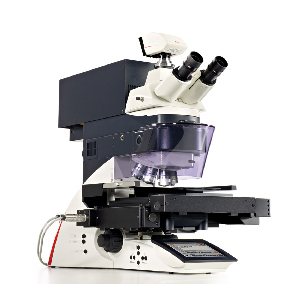
LMD 7000 Laser Microdissection Microscopy System, Leica:
This technique is used to dissect samples using a powerful UV laser, a process that is carried out through a precise optical system free of mechanical movements. Its high-power laser cuts both soft and hard samples. Histological samples can be cut, fixed, or stained. In addition, living cells, organelles, chromosomes, plant material and forensic materials can be extracted. The obtained material can be used for multiple techniques of cell biology, molecular biology and biochemistry, such as mutation analysis, SNPs, fingerprinting, LOH, FISH, RNA, gene expression analysis, microarrays, 2D PAGE, SELDI-TOF, MALDI-TOF , Western blotting, Dot Blot, cell cultures, tissue cultures, etc.
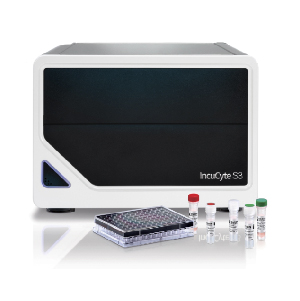
INCUCYTE S3 Live-Cell Analysis System:
This system allows for continuous monitoring of cells in culture by means of their visualization in real time using phase contrast microscopy coupled to detection of green and red fluorescence. HD fluorescence images are generated, while the cells remain stationary and undisturbed within the incubator. This system allows continuous analysis 24 hours a day for days or even weeks at a time, ensuring that no important cellular response or interaction is lost, performing an analysis based on images that provide both spatial and kinetic information. In addition, it has image processing tools that automate data analysis and help gain deeper insights from experiments. Continuous monitoring allows us to study cellular processes related to cellular health, including proliferation, apoptosis, cytotoxicity, and neurite growth; migration and invasion (chemotaxis, scratch wound), among others.
The equipment has capacity for up to six microplates at a time, in formats of up to 384 wells, allowing multiple experiments and applications to be programmed in parallel, leading to rapid optimization of variables and experimental conditions.
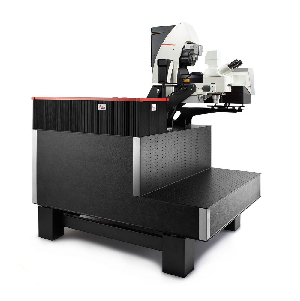
High resolution confocal spatio-temporal SP8 LIGHTNING, LEICA.
The latest acquisition of the CMA BIOBIO. It is a confocal equipment with software super resolution (LIGHTNING) and 8 kHz resonant scanner, which allows acquisition of up to 30 fps at 512x512, ideal for monitoring highly dynamic cellular processes, at a resolution of up to 130 nm lateral Microscope equipped with 4 laser lines (405, 488, 561 and 633 nm) and 4 spectral detectors, of which 3 are highly sensitive hybrid detectors (HyD) and the rest is a PMT for traditional applications. It has a 5% CO2 and temperature maintenance system for in vivo experiments and various objective lenses from 10 to 63x magnification, for most applications in biological sciences and medicine.

